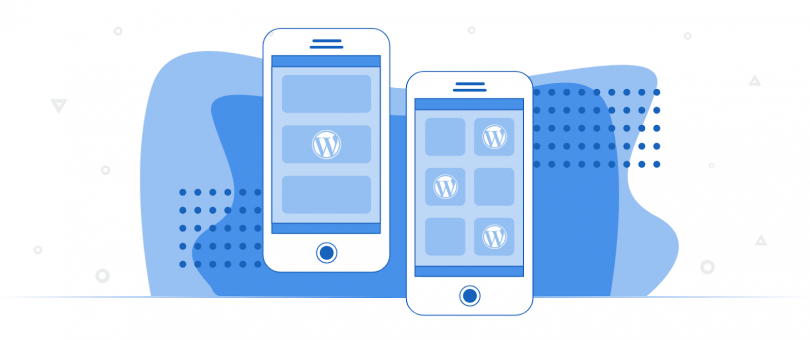
WordPress Images are one of the essential foundations of any good website. Functionally, aesthetically, and technically, images have many aspects of which a lot of website owners don’t realize can, and should, be optimized.
Every time someone opens one of your web-pages on WordPress, all of the content whether it’s text, images, or additional pieces of code that power the plugins, need to be downloaded from the server onto their computer. Images that are optimized correctly can greatly benefit your SEO by appearing in image search results, assisting in steering more traffic back to your web page.
For the purposes of this post, I’ll be covering the basic methods for easily increasing your images search-ability from the WordPress dashboard, in addition to mentioning a few good plug-ins that will help load your images faster.
WordPress Images Metadata Within The Dashboard
Search engines may be able to find duplicate images on the web, but unlike humans, they cannot describe what an image is. Within the media uploader on WordPress, there are four boxes capable of being filled out in order for your images to be fully optimized. The four boxes are the title, the caption, the alt text, and the description.
Title
The title of your image is generated from the file name you had saved on your computer (Which can be changed). Rather than leaving your images named “Image_10.jpg,” give it a name that describes the photo in a short form. It is most important to give the image context for non-essential information but isn’t taken directly into an account for SEO ranking.
Caption
The caption does not directly affect how well your images rank in the search engines, but they do grab peoples’ attention on your page and keep them browsing longer. On-page time is a huge factor when determining the value of your site in search engine algorithms.
The caption will appear under your image in a gray box and should provide a good description of the image itself.
Alt Text
Alt-text is added to images for times when someone may have images disabled on their browser, or when images failed to load. Make sure to add alt text that includes the SEO keyword you’re trying to rank for.
Description
The description section actually plays a vital role when someone lands on the attachment post page for the image. It is formatted to allow more text, and your focus should be to give a thorough description of long keyword searches but keep it entirely relevant.
WordPress Image Optimization Plugins
The main purpose of image optimization plugins is to take images that may be too large (File-size, or dimension) and compress them to load faster, thus improving your site’s ranking.
WP Smush.it
This plugin can optimize one image at a time, or in bulk, whether it’s a .jpeg, .png, or .gif. It will take larger files (1mb free version, up to 5mb pro edition) and compress the file size without deteriorating the quality of the image.
While many people are under the assumption that high-res photos are better for viewing purposes, you really only need a certain resolution to achieve the same result while greatly improving your site’s functionality.
PB Responsive Images
In 2015 Google implemented a new algorithm penalizing websites that aren’t adaptable for mobile devices. The same shift applies to sites that don’t have responsive images and text.
This plugin reformats your images to adapt to different screen sizes, giving you the green light when search engines crawl your site for adaptability.
Do you have any additional tips to help optimize images for WordPress? Please share in the comments!